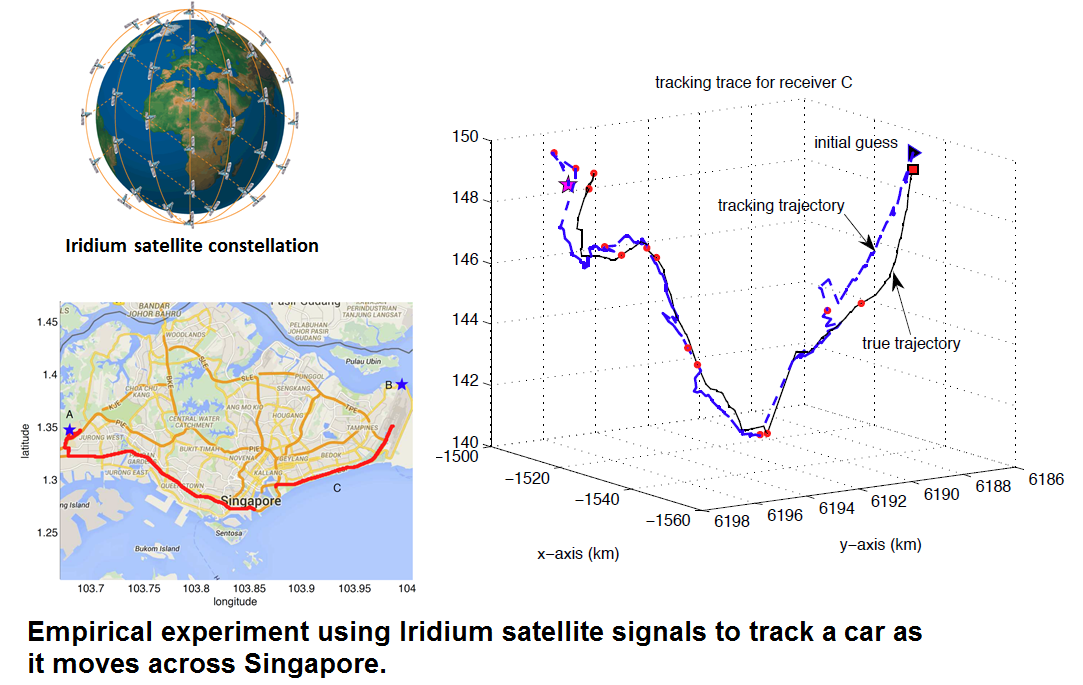Research Projects
The main focus of our research is in signal and information processing with a focus over networks and graphs. Our work lies at the intersection of signal processing, information theory and machine learning. We develop inference, estimation and learning algorithms for graph-structured data (e.g., observations from sensor, social, or citation networks), through the use of mathematical, statistical, and information-theoretic techniques. Where applicable, we develop simple, scalable and easy to implement distributed algorithms to facilitate inference, estimation or other objectives.
A selected list of projects that we have completed or are currently working on is below.
Aerial-ground Place Recognition with Pose Regression
NUS, May 2025 - May 2026
This project develops visual pose regression and aerial-ground place recognition techniques based on information from a drone mounted camera to achieve self-localization of the drone with respect to a simple map while flying at street level.
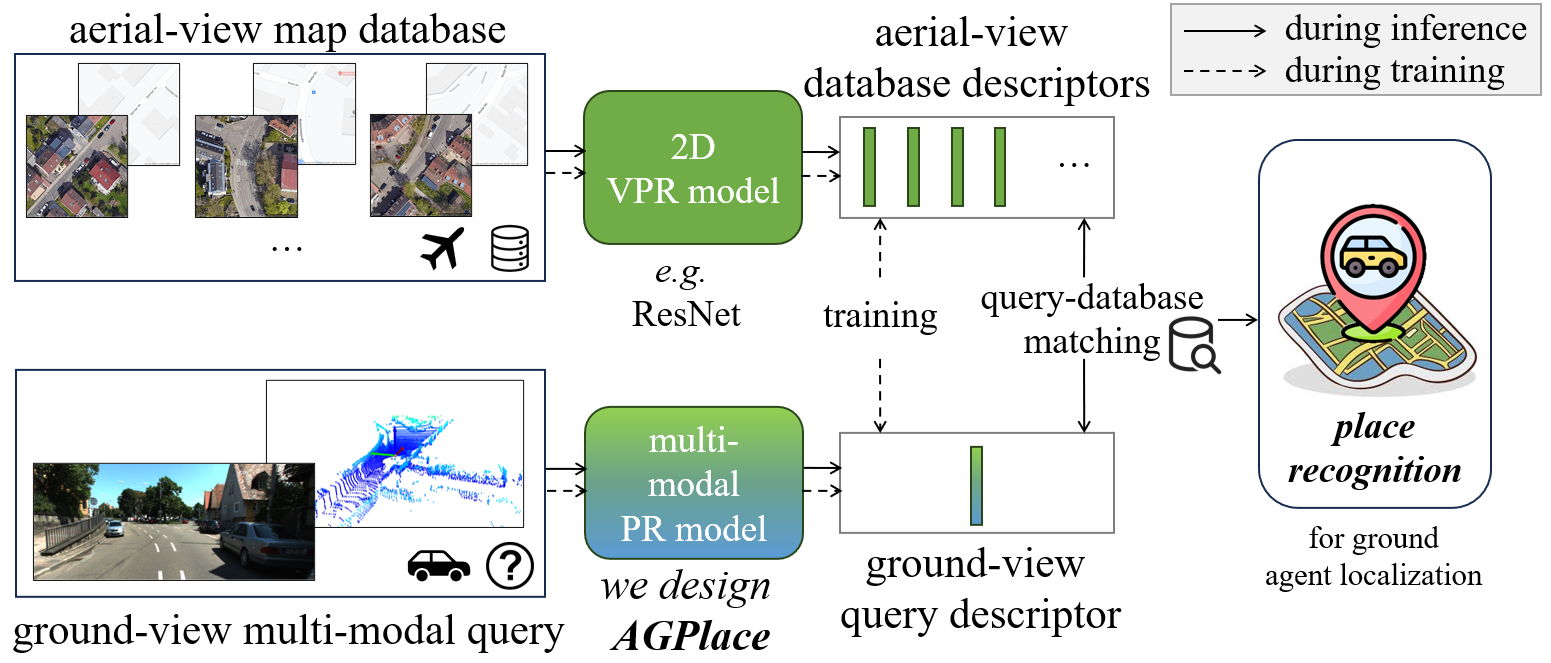
Generalized Message Passing for Federated Learning in Multi-Access Edge Computing
Future Communications Program, Jun. 2022 - May 2025
Edge computing aims to provide computing, content, and connectivity services closer to the data source and consumption points. Multi-access Edge Computing (MEC) provides a distributed computing environment for application and service hosting. In this project, we investigate the framework of federated learning and transmission in a MEC network. The network contains multiple local subnetworks. Each of the subnetworks has its own computation objective, while there is also a global objective that builds upon the local objectives. We develop a procedure that relates the local objectives of the subnetworks to the global objective of the entire network and efficient methods for sharing of information including local solutions to nearby subnetworks.

Robust Multi-Modal Neural Diffusion for Light-Weight Drone Perception
TL@NTU, Jul. 2023 - Dec. 2024
Place recognition (PR) serves as a fundamental solution to the problem of visual localization, treating localization as a retrieval task. It involves maintaining a database of geo-tagged sensor data (e.g., images and point clouds) collected at previously visited places. During inference, PR computes the similarity between the query data and the database data to retrieve the most similar places. We develop multi-modal PR models that fuse visual and LiDAR information and are robust to different environmental changes.
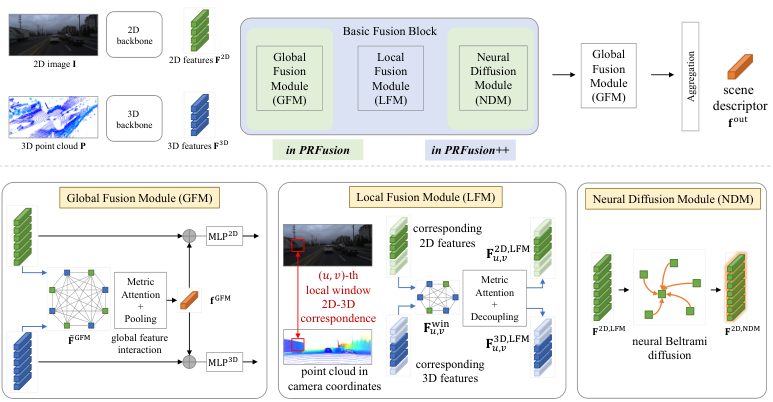
Project LOCUS: RF Localization Using Donor Signals
DSO National Laboratories, Sep. 2022 - Nov. 2024
This project aims to develop technologies to enable communication waveforms to perform self-localization without sole reliance on GNSS signals. Instead, local RF transmissions and potential signals of opportunities that include LTE and DVB, can also be utilized to provide positioning information to improve overall resiliency for unmanned system navigation.
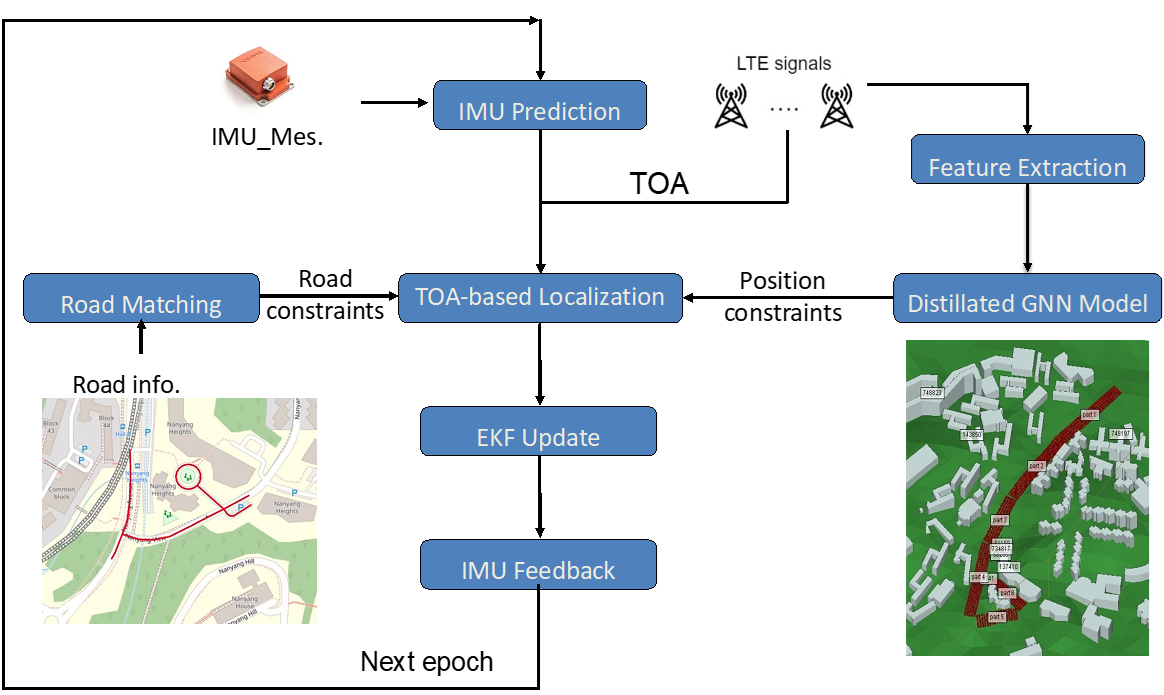
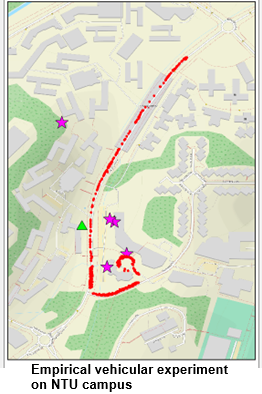
Graph Signal Processing for High Dimensional Structures and Spaces
Ministry of Education Academic Research Fund Tier 2, Nov. 2021 - Oct. 2024
Graph signal processing (GSP) has become an important tool in many applications such as image processing, networking inference and analysis of social network data. In these applications, the data can be represented as a vector in which the relationship between different components of the vector is captured by a graph. Each vertex in the graph corresponds to a signal value that is a complex number or a discrete time series. In this proposal, we develop a mathematical framework to generalize GSP to a much bigger class of vertex signals and high dimensional structures. We apply our frameworks to a folded signal recovery problem in large-scale networks.

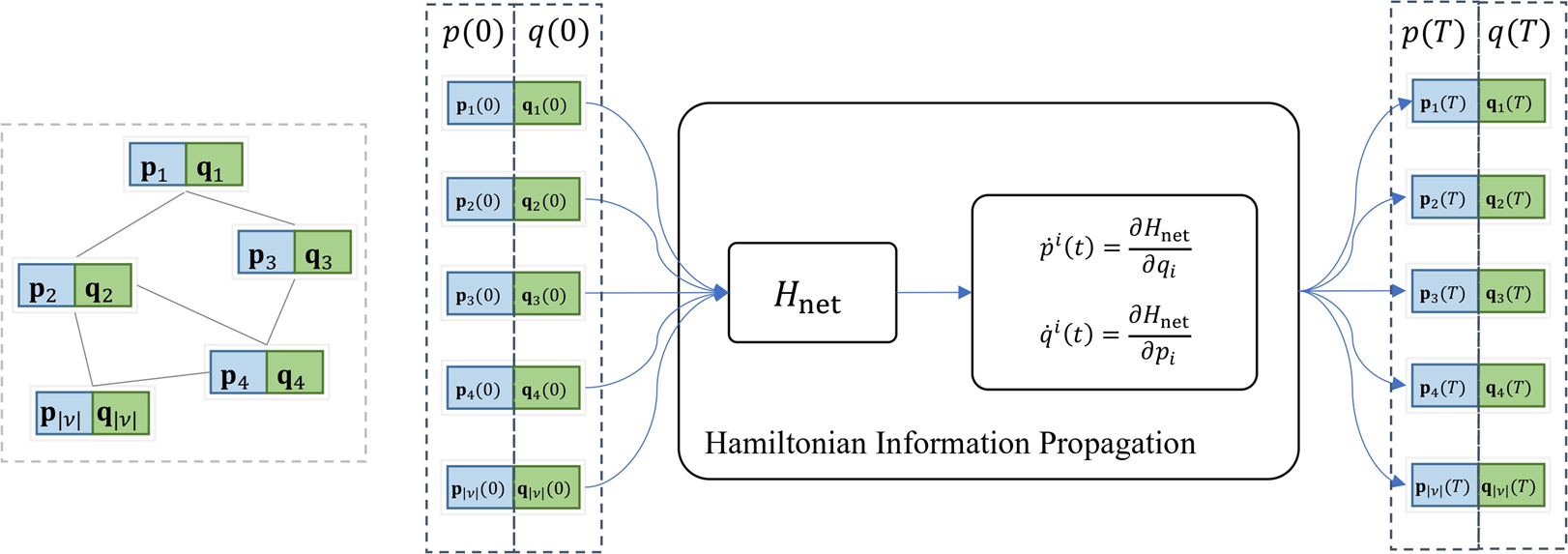
Next-Generation V2X Network Architecture and Ecosystem for Smart Mobility
A*Star Industry Alignment Fund - Pre Positioning (IAF-PP), Nov. 2019 - Oct. 2023
Vehicle to Everything (V2X) communications is the backbone and driver of future smart mobility solutions and technologies. V2X allows information from in-vehicle sensors, the backbone network, roadside units and other sources to be transmitted via high-bandwidth, low-latency, high-reliability links, paving the way to fully autonomous driving. The current industry development in the connected mobility (V2X) space has presented Singapore a unique opportunity to drive hybrid C-V2X and DSRC technological innovations. The programme aims to design and deploy an Open V2X integrated platform (C-V2X and DSRC) and develop key enabling technologies in partnership with local electronics, ITS, and telecoms industry to position Singapore as a Global Innovation Hub for hybrid C-V2X and DSRC research, development and commercialization. We will engage stakeholders to develop, validate and demonstrate V2X mobility use cases that enhance safety, optimize traffic and support future smart mobility solutions to realize Singapore’s Smart Mobility Vision. The programme consists of 4 tracks: 1) V2X Communications, 2) V2X-enabled ITS, 3) V2X Security and Privacy, and 4) V2X-Smart Mobility Solutions and Architectures. I am the programme PI. In addition, under this programme, my research focuses are on developing vehicular localization methods using V2X and information fusion, designing privacy-aware service provisioning in V2X networks, and developing a campus wide V2X integrated system platform.
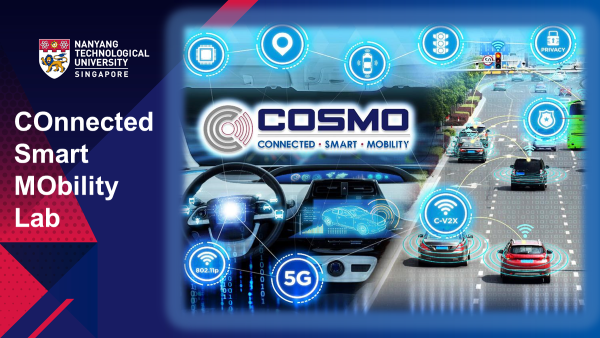
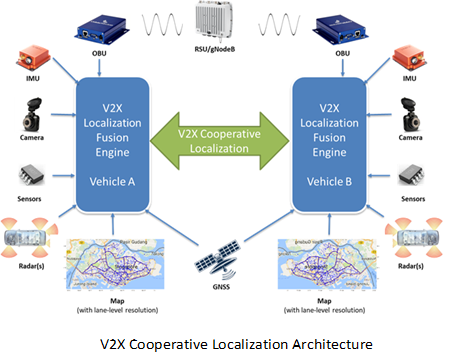

End to End Learned Localization for AV
NTU-Continental Corp Lab, Dec. 2019 - Nov. 2022
In this project, we use deep learning techniques to perform automatic feature extraction and location estimation. To perform fusion of the information or features extracted from each sensor, we investigate the use of GNNs and neural ODE/PDE mechanisms, which allow us to learn the complex relationships between different sensors and the environment and output a probabilistic estimate of the vehicle location robustly.

Decentralized Privacy for the Internet of Things: Theory and Algorithms
Ministry of Education Academic Research Fund Tier 2, May 2019 - Jul. 2022
We develop a mathematical framework and algorithms for an Internet of Things (IoT) network to perform statistical inference of a phenomenon of interest, while at the same time maintaining privacy. We consider an IoT network consisting of multiple sensors, each making a private observation and sending information to a fusion center. The fusion center uses the received information to infer a public hypothesis of interest, while we seek to make it difficult for the fusion center to perform inference on a private hypothesis. We investigate the fundamentals of inference and data privacy in IoT networks, and the interplay between these two notions of privacy in the IoT context. We develop nonparametric or distribution agnostic learning algorithms for optimal utility-privacy trade-offs in IoT networks, and privacy mechanisms for spatially and temporally correlated sensors in an IoT network with dynamic updates.


Energy Efficient Resilient Distributed Inference
NTU-Delta Electronics Corp Lab, Jul. 2016 - Aug. 2020
Different types of sensors will be widely deployed in future Internet of Things (IoT) systems. Operating these sensors naively and independently of each other can result in a high carbon footprint for the network. In a world that is facing various energy resource constraints due to depleting oil reserves and mounting environmental concerns, it is therefore imperative that IoT networks for smart cities be designed to optimize their energy consumption if IoT technologies are to become feasible and widely adopted in future. Furthermore, the whole network needs to be resilient so that it can still effectively operate even if some of the sensors fail or become abnormal. In this project, we develop energy efficient resilient distributed and adaptive algorithms for parameter estimation or inference in an IoT network.
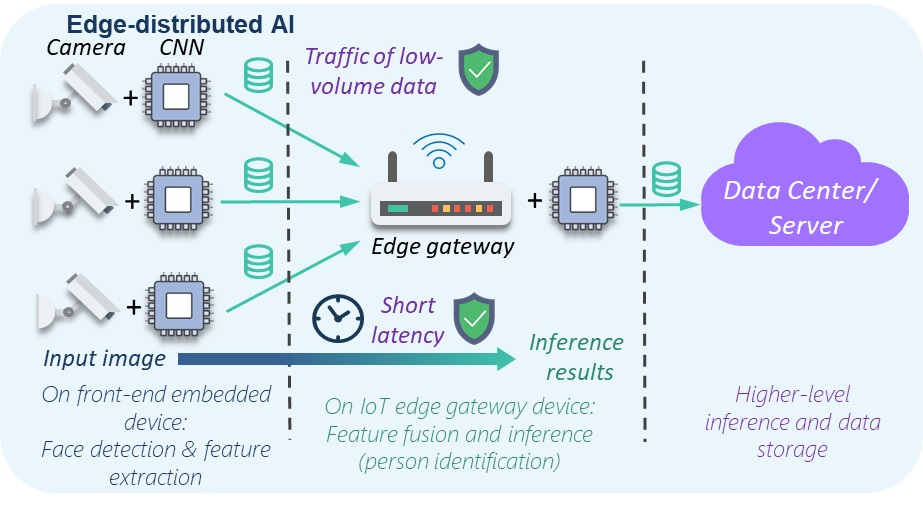
Development of NTU/NXP-Intelligent Transport System Test-Bed
Economic Development Board, Dec. 2014 - Nov. 2019
This project aims to develop a systematic framework, together with distributed, cost effective methods to implement a wireless vehicle-to-vehicle (V2V) and vehicle-to-infrastructure (V2I) communication architecture for vehicular ad hoc networks (VANET). There are 7 research sub-projects led by 7 professors covering different topics. The lead PI is allocated approximately S\$7M, 2 lead co-PIs allocated approximately S\$2M each, and the remaining 4 co-PIs are allocated S\$550K each. I am one of the lead co-PIs in this project. In my research sub-project, we aim to develop V2V and V2I (collectively known as V2X) vehicular localization techniques. An accurate Global Navigation Satellite System (GNSS) fix occurs only if the vehicle has line of sight to at least four GNSS satellites. In an urban environment with high rise buildings, ground vehicles typically do not have direct lines of sight to so many GNSS satellites; therefore GNSS localization becomes intermittent or even corrupted in some cases. We aim to investigate the use of cooperative localization methods that make use of V2X message passing techniques in order to perform vehicular localization under GNSS denied scenarios. My other responsibility in the project is to develop use-cases and demos for the test-bed.

Project Moscato: A Holistic Approach to Combatting Insider Threats
Ministry of Defence, Dec. 2015 - Jun. 2019
This project aims to develop, implement, evaluate and deploy a multi-pronged system for combatting insider threats by analyzing individuals’ computer/online activities and work/social behaviors, as well as examining past incidents and conducting contextual experiments/simulations on how the perpetrators behave before and after launching an insider attack. To detect malicious insiders’ threats, we need to monitor not only the activities of each individual, but also the correlated behaviors and activities of other related individuals. To exploit the weak insider threat signals to improve the overall detection accuracy and reduce false alarms, my objective is to develop efficient hierarchical graph analysis methods to take into consideration the information provided by the work and social connections, together with the indicative scores provided by the behavior, sentiment and anomaly activity analysis from other sub-projects.
Robust Learning in Social Networks: Fundamental Limits and Strategies
Ministry of Education Academic Research Fund Tier 2, Jan. 2015 - Jun. 2018
Social learning is the use of social networks (including online networks like Facebook and Twitter, and physical networks formed using an ad hoc mesh of smart phones) to perform event detection and inference. In this project, we develop a mathematical framework for robust learning in social networks. We study the fundamental learning accuracy achievable in such networks, and propose methods for efficient robust social learning in the presence of misinformation and malicious agents. New algorithms and methods to enable robust social learning in a practical implementation are developed.

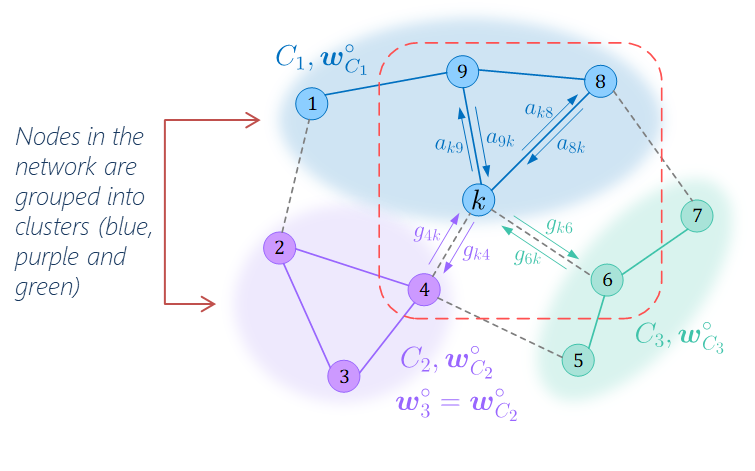
Identifying Infection Sources in a Network
Ministry of Education Academic Research Fund Tier 2, Apr. 2014 - Mar. 2017
In this project, we develop statistical inference methods to identify infection sources in a network. Many practical scenarios can be modeled as an infection spreading from one node to another in a network of interconnected nodes. Examples include the spreading of a contagious disease in a community, the propagation of a virus in a computer network, and the spreading of a rumor among participants in a social network. Identifying the sources of an infection plays an important role in many applications, including finding the index cases that introduce a contagious disease into a population network to facilitate epidemiological studies, identifying the servers that inject a computer virus into a computer network so as to determine the latent points of weaknesses in the network, or to apprehend the individuals who started a malicious rumor in a social network.

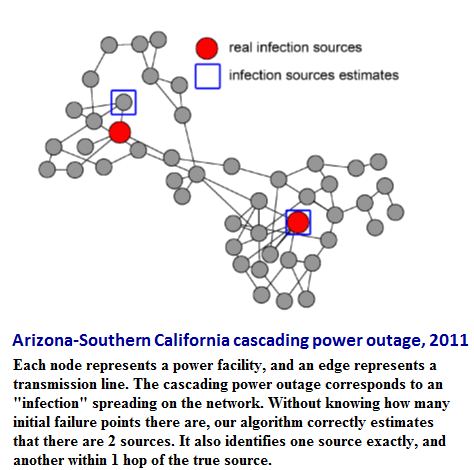
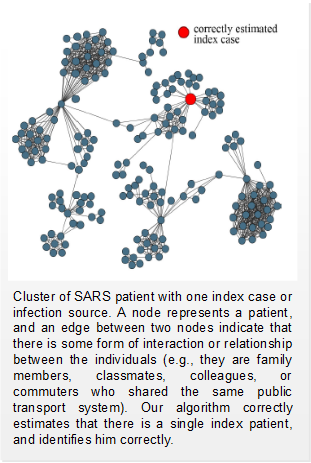
Project Technifibre: Cooperative and Distributed Tracking in Urban Environments
Defence Science and Technology Agency, May 2012 - May 2015
In an urban environment, there is often no line of sight from a detector to a target. There is a need to locate and track a target in an unfamiliar urban environment where precise information about the positions of buildings and other scatterers are not readily available. This project develops distributed estimation methods for localization and target tracking in urban environments using NLOS measurements, and local cooperation amongst sensors in a wireless sensor network.
